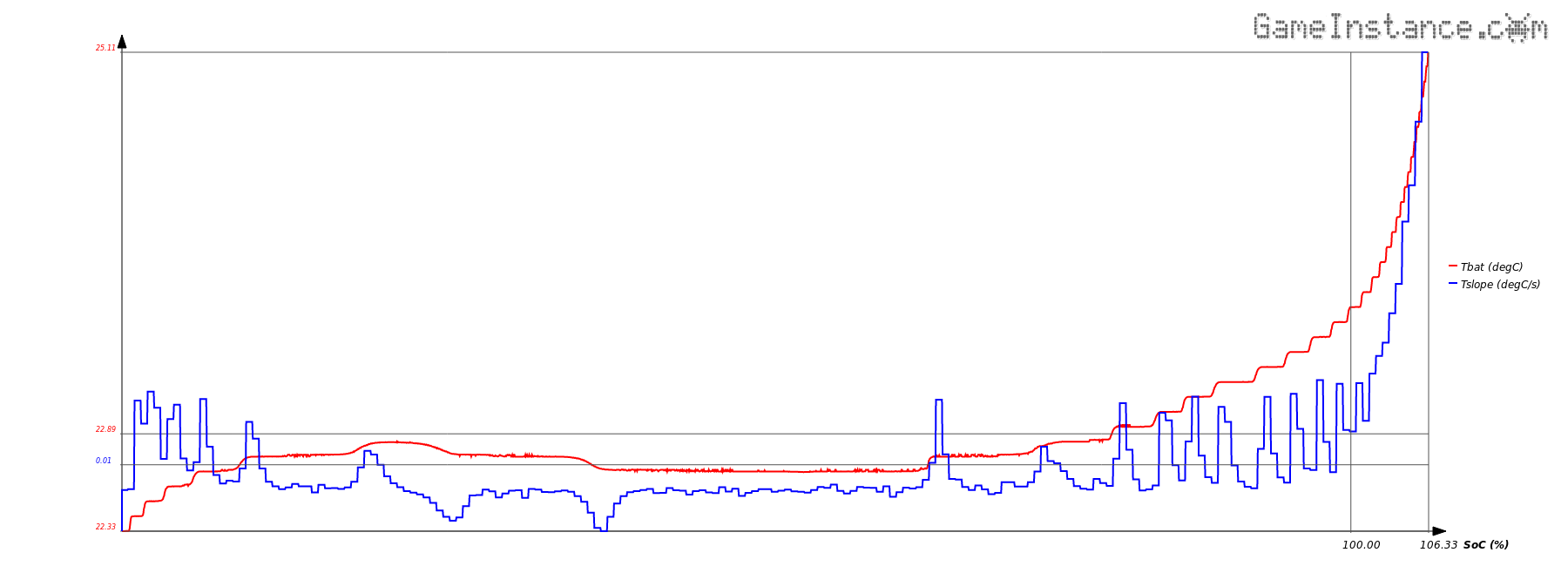The NiMH battery charger device isn't perfect. It uses a non-synchronous buck regulator and consequently has losses in the freewheeling diode. It has a high resistance for current sensing and a non-negligible inductor winding resistance, hence more dissipation. Overall 1.43 Watt are being lost for putting 1.19 Watt of usable energy into the battery cell. So yeah, Energy Star is off the table.
A rational decision would be to reduce the sensing shunt resistance. For a 0.2 Ohm shunt the total loss will be around 0.4 Watts. That's decent, you'd say, but brace yourself. This will require an operational amplifier along with its feedback network just to generate a chewable output for the rather limited Arduino ADC. Moreover, the 0.2 Omh would be unsuitable for cell discharging, so you'll need a second power resistor for that. Evidently, the current design is a cost effective solution.
The Atmega 328 is a well-rounded MCU but not ideal for this application. Its 5mV ADC resolution needs to be compensated either by external amplification circuitry or by the use of oversampling. The later has it benefits but relies greatly on a noisy signal. Luckily, the voltage and current measurements are affected by switching ripple. That's two out of three however because the temperature measurement is unaffected by any kind of noise.
 Eneloop 2500 mAh NiMH cell - temperature and temperature increase rate during charging. Oversampled reading showing no improvements due to noiseless temperature signal.
Eneloop 2500 mAh NiMH cell - temperature and temperature increase rate during charging. Oversampled reading showing no improvements due to noiseless temperature signal.
The device lacks an interface. It will always do the same thing: fully discharging partially discharged battery cells and recharging them back. Should you want to skip the first part, you need to change the code or add additional components (jumpers or buttons) to the circuit. There's no feedback from it unless you're using the Arduino IDE's serial monitor. Heck, this is still a prototype.
There are many improvement directions to follow from here. However, I'll be focusing on interfacing the device for now. That'll be on a "as simple as possible" basis, so stay tuned. You'll love it...